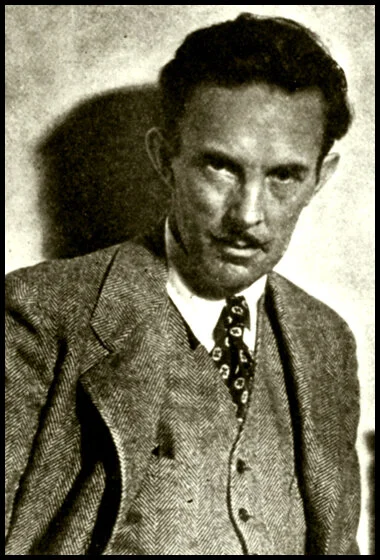Carl Oscar Borg
Carl Oscar Borg, protégé of Phoebe Hearst, and friend of personalities like Edward Borein, Thomas Moran and Charles M. Russell could create any subject in any medium, and do it well. He was successful and highly regarded during his lifetime, and received numerous awards and medals. In the annals of American art history, Carl Oscar Borg belongs to the group of artists who are recognized as the great artistic interpreters of the American West, such as Couse, Sharp, Henning, Ufer, Higgins and Berninghaus. Borg belongs also to the group of artists who came to California at the turn of the century to paint and record the California landscape. Artists like Payne, Puthuff, Dixon, and Wendt. Borg’s works are included in every major museum, university, and private collection throughout the United States. He had studios in Gothenburg, Paris, Rome, Santa Barbara, San Francisco, and Los Angeles.
Borg succeeded in preserving part of America’s cultural heritage by documenting the customs and religious ceremonies of the Native Americans who had befriended him. He used paint, canvas and brushes to express the unique qualities he found in New Mexico, Arizona and California.
Carl Oscar Borg was born into a poor family in Dals-Grinstad, Sweden on March 3, 1879. As soon as he could hold a pencil he started copying pictures from books. Borg apprenticed to a house painter at age 15, traveled to Paris for a short time, then moved to London and became assistant to portrait and marine painter George Johansen. He began painting during that time. In 1901, he sailed for the U.S. and worked as a house and furniture painter in the East, but it was not the life he had dreamt about and decided to try California. He discovered Santa Barbara in 1903 on the way from San Francisco to Los Angeles. Under the patronage of Phoebe Hearst, who recognized Borg’s talent, he was able to return to Europe to study art. It was also Mrs. Hearst who made arrangements with the Department of the Interior for Borg to live with the Native Americans. Borg taught art at the California Art Institute in Los Angeles and at the Santa Barbara School of the Arts. He was a founding member of the California Art Club, and the first art director for major Hollywood studios.
The West began to change and Borg did not like the changes. But the automobile, the railroad, and the movies did support him. The Santa Fe Railroad hung his paintings in their offices to attract the interest of the tourists. Touring Topics, the Automobile Club’s publication, featured one of Borg’s Grand Canyon paintings on the cover. He had a very special place in his heart for the Grand Canyon. And he asked that his ashes be given to the wind of this special place.
But times were changing. Borg saw the growing popularity of modern art. Discouraged, Borg returned to Sweden in 1934 and again in 1938. There he painted people and scenes of his homeland and successfully exhibited his paintings of the American Southwest.
World War II kept Borg in Sweden even though he was an American citizen. Very homesick for California, he returned to Santa Barbara to stay. But many of his friends had died, and he was estranged from the world that had evolved there. Nevertheless, he was at peace with himself. On May 8, 1947, Borg painted in his studio, as he did every day. That evening, he walked to his favorite restaurant to enjoy his favorite food. He was stricken with a massive heart attack and died in the ambulance on the way to the hospital. His wish was granted – his ashes were given to the wind of his beloved Grand Canyon.

